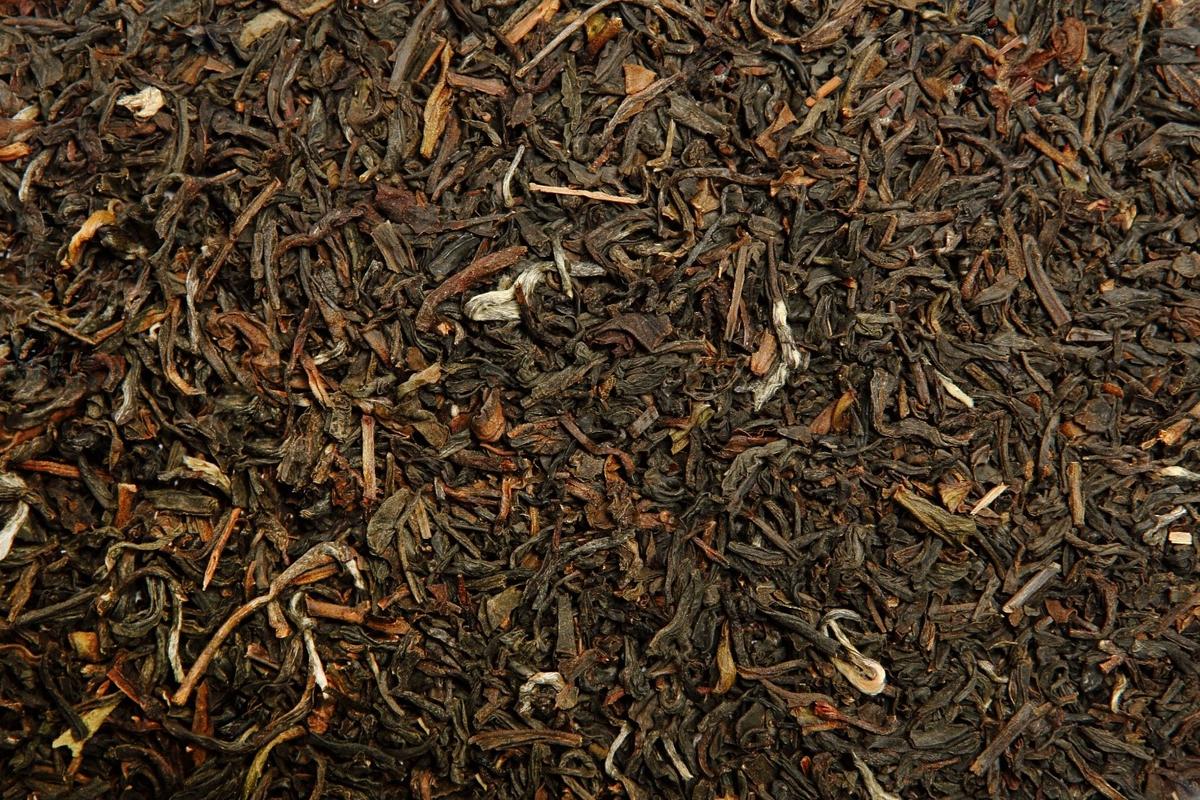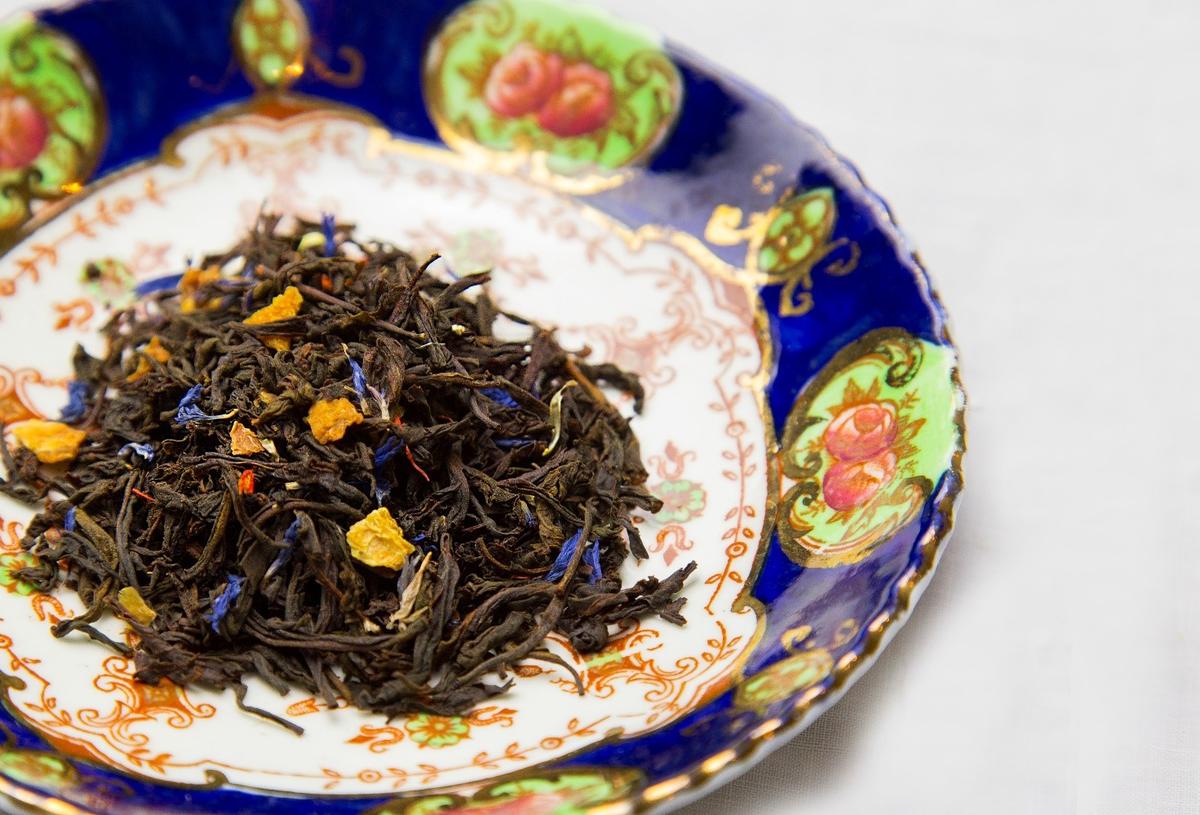India and its black teas
besides being the variety with hints and more intense aromas.
From the prevention of skin aging to the prevention of
acceleration of metabolism.Furthermore, black tea is the most loved tea by the British and by us at Babingtongs, as well
the most produced variety in the world. According to the FAO report on the global tea market, in fact, it is about double that of green tea: in 2017 an estimated 3 million tons of the first against 1.3 million of the second.
How tea cultivation was born in India
If you are a lover of black tea, know that
most of the tea you drink every day comes from India.It is right in the sunny tea gardensof the second largest tea producer in the world, which takes place most of the world cultivation of black leaves from which we obtain the strongest and most intense tea there is.
Quoting again the FAO report, in fact, India is the first producer of black tea in the world with 1.26 million tons produced, estimated in 2017. Not only that, this figure is set to reach over 1.6 million tons in the 2027. And to think that in this country until less than two centuries ago the cultivation of tea was totally unknown.
The cultivation of tea in India is a must
to the introduction of the practice by the British
in colonial times in the 1840s. The United Kingdom, which had already initiated research on Indian territory in the century before, realized that not only the Cammelia Sinensis it grew luxuriantly, but also that in a particular area the the tradition of tea in India is now widely present in the uses and customs of society. It can also be seen just walking around the Indian towns, observing the tea shops around which the inhabitants gather, or witnessing the typical custom that takes place in railway stations, where street vendors offer tea to travelers approaching the trains in transit. Or simply in the homes of the inhabitants, where offering tea is like giving a warm welcome hug to the guest.
Where tea is grown in India
The major tea regions in India are undoubtedly Assam and Darjeeling.
Assam
is a northeastern state of the Indian Republic, south of the Himalayas which alone with 322 thousand hectares is responsible for more than 50% of tea production in India.
In this rich and fertile land, the portentous river Brahmaputra generates the homonymous valley, in which much of the Cammelia Assamica.
Moving a few kilometers but always remaining in the eastern part of the country, we arrive in Darjeeling, the district of the state of West Bengal. Here is produced what is often called the "champagne of tea", a very fine black tea and for which there are strict rules in its denomination: only teas whose leaves have been grown and processed in the district can be called Darjeeling.
The other areas where tea is grown are the hills of Nilgiri, a district of the Tamil Nadu state in southern India, Kangra in Himachal Pradesh, Dooars in the west of Assam and Terai in the south of Darjeeling.
Babingtons black teas
The history of Babingtons is intertwined with that of black tea. 125 years ago our tea room in Rome was born, the first in the country, and with it too
the first blend of black teas ever served at the table. It was a blend made with Darjeeling, China Kamum and Ceylon tea and was the first ever made by our founders Anna Maria and Isabel. Today it is called Special Blend and it is one of the blends we are most fond of.
On the trail and in honor of our history, over the years we have been committed to creating a line of black teas from the selection of the best raw materials. Today we are proud to say that we are fully aware of our products:
We know and select only the best tea gardens and we know exactly how the manufacturing processes of our leaves take place.
This is our daily commitment: to offer tea lovers blends that offer authentic aromas and flavors, while fully respecting the environment and the socio-economic fabric of the lands from which we have the privilege of supplying ourselves.





